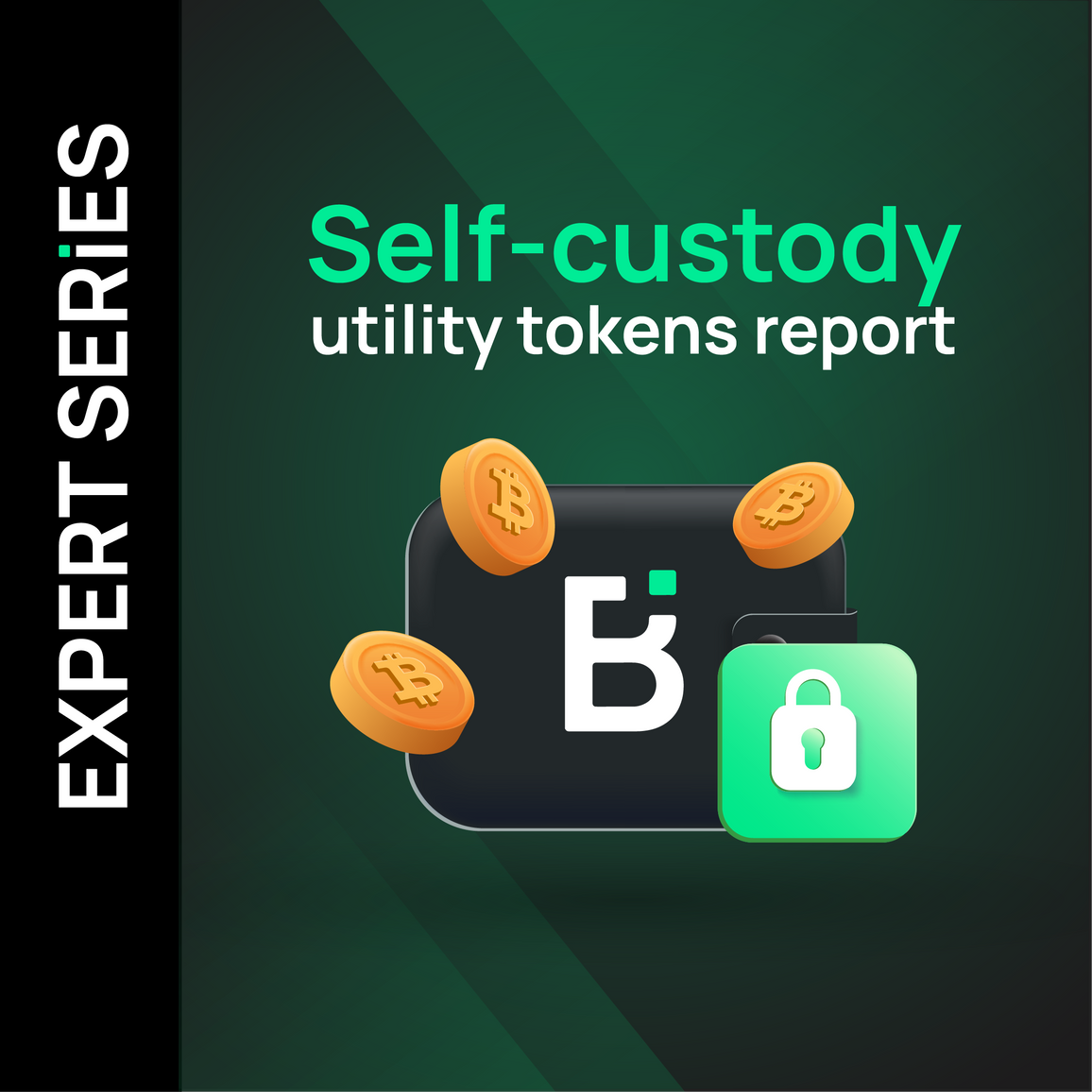Self-custody utility tokens report

What is self-custody?
Digital assets are kept decentralized on a blockchain. They can be accessed with a public key (the wallet address) and a private key, which acts as a unique signature to approve transactions from a particular public address. Cryptocurrency wallets, either custodial or non-custodial, safely hold these keys (self-custody). These keys are securely stored in crypto wallets which can be custodial or non-custodial (self-custody).
Third parties (e.g., crypto exchanges and custodial wallet providers) manage custodial wallets by holding and storing the private key on their servers to execute transactions on behalf of customers. When users deposit funds into these wallets, they trust the custodian to secure their funds. Examples of these wallet providers include Binance and BitMex.
Custodial wallets pose a significant risk because all private keys are stored in one location, making them a common target for hacks, scams, and theft, even among reputable custodians. For example, in Aug 2022, more than 8,000 Solana wallets had a total of USD 8 million worth of funds siphoned out. More significant large-scale attacks include the 2016 Bitfinex hack, which resulted in 94,636 stolen bitcoins, and the 2014 Mt.Gox hack, where customers lost a total of $450 million worth of assets.
Self-custody allows users to retain complete control over their private keys and the security of their tokens by eliminating counter-party risk. Hardware forms of self-custody wallets (cold wallets) store the private key offline in external drives, only connecting to the internet when making transactions. These make them ideal for storing large crypto holdings and minimizing the risk of hacking. Software wallets (hot wallets) can be installed directly onto devices and are encrypted - only accessed through a password. Software wallets offer more convenience in accessing, transferring, and trading funds but are less secure than cold wallets as they remain online.
Skyrocketing demand for self-custody utility tokens
The effects of the FTX collapse have rippled across the industry, taking down many protocols and investors unable to withdraw their funds due to the liquidity crunch. Whenever investors hold money on centralized exchanges like FTX, they are putting their funds at risk since it is the exchange that holds and controls their capital. After consumers sought Proof of Reserves to show that their money was 1:1 backed, other centralized exchanges, including Crypto.com, also suffered losses due to questionable fund transfers. The FTX debacle has exposed the security problems embedded in centralized procedures. It prompts more investors to consider keeping their digital assets in their own hands. According to Glassnode, Bitcoin investors have been withdrawing coins to self-custody at a rate of 106,000 BTC/month. The move is also evident through many decentralized exchanges (non-custodial) such as dYdX and GMX, turning high revenues since FTX's collapse due to investors swapping their tokens and removing them from centralized exchanges.
With the rising demand for self-custody platforms, the utility tokens native to these protocols have also rallied. One of the biggest winners was Trust Wallet's TWT token which rose 92% within 3 days of the collapse of FTX. The Trust Wallet app runs on the Binance Smart Chain and supports 33 blockchains and 250,000+ assets. TWT holders can participate in the protocol's governance, including activities such as voting on updates and new features. Holders also benefit from receiving discounts when trading cryptocurrencies on the platform. Trust Wallet's growth only accelerated when Binance CEO CZ tweeted about the importance of self-custody, nudging users towards Trust Wallet to take control of their assets and private keys.
Another winner of the chaos is the rising self-custody protocol SafePal, whose token SFP rallied 97% within 3 days after FTX filed for bankruptcy. SafePal allows users to securely store, manage, swap, and trade their crypto assets, servicing over 7 million users and supporting 54 blockchains. The SFP utility token is issued on the Binance Smart Chain, with a limited supply of 500 million. Holders of SFP can benefit from token airdrops from ecological partners, higher APY from SafePal Earn by staking SFP, and access to SafePal NFTs.
In light of the skepticism surrounding the security and management of funds by centralized exchanges, these self-custody wallet providers will continue to grow in popularity and adoption, thereby sustaining the rally of their native utility tokens.

